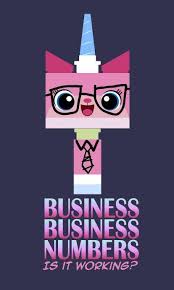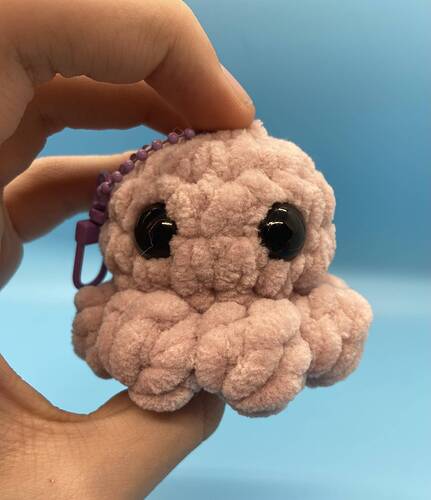Hello! I was wondering how people determine their prices when they sell their patterns and how do you price your products. I know some people like to price their products with the time and labor included but everyone has different selling points. I would love to hear everyone’s process for this!
Also curious because I want to put out my first payed pattern soon so GIVE US YOUR KNOWLEDGE PEOPLE OF RIBBLR
Material Cost + (Product time (hours) + How many of product can be made in and our) = base price
Example: I make Mini Octos. The material cost is about $1. It takes me about 20 minutes (0.33 hours) to make one, so I can make 3 per hour.
1 + 0.33 + 3 = $4.33
That’s my base price!
I add a bit so I can make a profit, so I would sell them for about $6!
Here’s a picture of what they look like just for fun : p
Hope this helps!
I just bookmarked this lol because i need it
I would go with cost of materials + time as a start, and then modify it with what people would actually pay in your area. You can make something that should have a price tag of at least $12, but realistically $8 is what people will pay for it (speaking from experience).
I would recommend watching crochet market videos on Youtube to get an idea of how people price things.
Some people can sell x product for $7, others can sell it for $12. Some will try to sell it for at least $22 (and usually fail).
Realistic instead of trying to make x amount per hour is a good start.
I probably overthink my pricing (patterns), but I can explain my thought process. I would also say I do try to be affordable!
I have a base price (the minimum I will charge) of $3. And i think the max I would charge would be $5 (unless its super complicated and such).
I then have some “factors” of: uniqueness, how big is the rrsulting plush, how complicated it is/how easy would it be for someone to replicate, pattern level (beginner, intermediate, etc), how many pieces/patterns, what techniques used, etc.
The more of these factors that com into play, to more I would be willing to charge. I would say size, uniqueness, and techniques make for the bulk of my decision (i.e. the bigger the plush = higher price; the more unique = higher price, etc.)
I don’t really sell plushies, so I can’t say anything about that.
The most important thing for me was to first find a market niche that wasn’t already saturated, and was something I enjoyed making. Tiny cat toys made from biodegradable materials are perfect for me.
I sell my finished cat toys locally at a shop for $7 each. I worked with the owner to decide on realistic pricing. We started at $6 one year ago and last November I was able to raise the price to $7. The material cost is super low, about 25 cents of yarn, and I stuff with alpaca fleece seconds I got for free (but had to wash myself) and catnip I grow and dry myself. Each toy takes 30-45 minutes to make on average. Larger toy sets/cat teasers sell for $13-25 depending on size, what’s included, and if I had to purchase additional supplies (dowels for teasers, boxes for the toy sets, etc.).
The shop owner takes a cut of course but it’s worth it to me to not have to spend my weekends at a market table or deal with shipping. If this model is appealing to you I suggest you look into wholesaling to a local shop or selling on a site like Faire. Locally, don’t limit yourself, find a shop you like and develop something that works with their brand. The shop I sell at is all about sustainable living and reducing plastic waste which at first glance doesn’t seem like the ideal place to sell cat toys! However, the owner is a champion of local makers and my plastic-free cat toys have become quite popular!
I work very meticulously on my patterns and have them thoroughly tested, so even though they’re small, I list for $2 each. But I do offer bundles and sales. A lower price point would be nibbled away by fees, but I hope I’ll be able to lower my base pattern price in the future when I have a large enough catalog to diversify and sell on multiple platforms.
I hope this is helpful for you! Good luck in developing your business.


